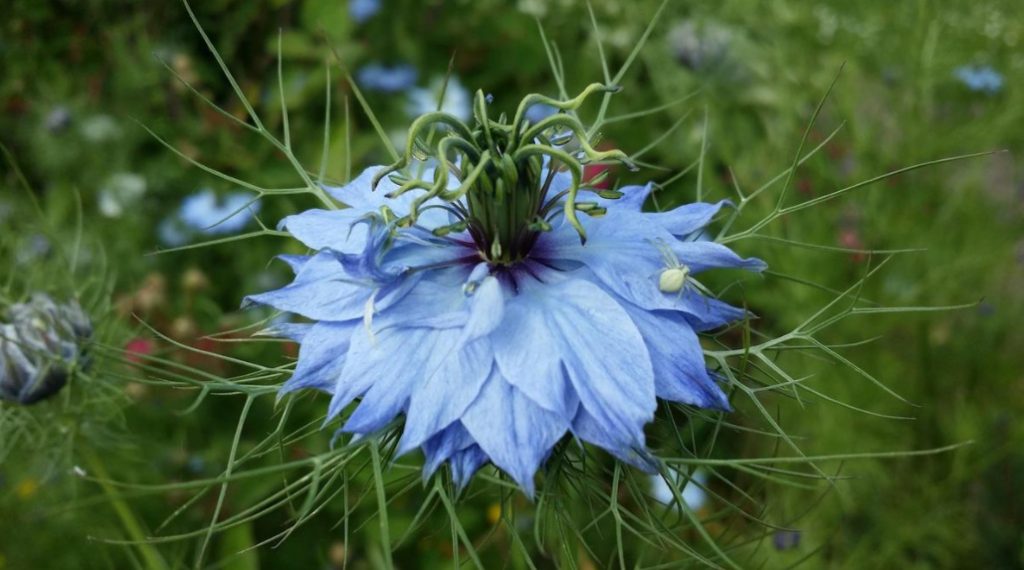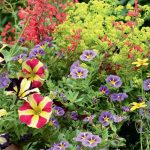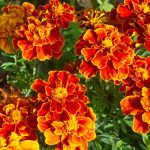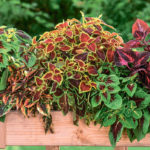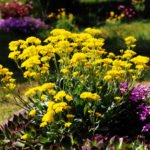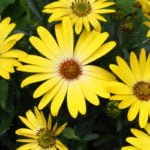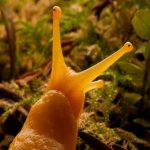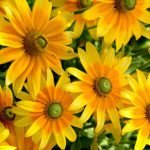The story will focus on several types of plants that were previously very often used as spicy or spicy-flavored, especially in the bakery. Like sesame seeds, the seeds of this plant give bread a special flavor and taste, accentuate the flavor of some meat dishes. So what are we talking about?
About the most common Nigella from the Ranunculaceae family. Sometimes you can find such a name as “black cumin”, obtained because of the similarity in flavor with cumin seeds, only black in color.
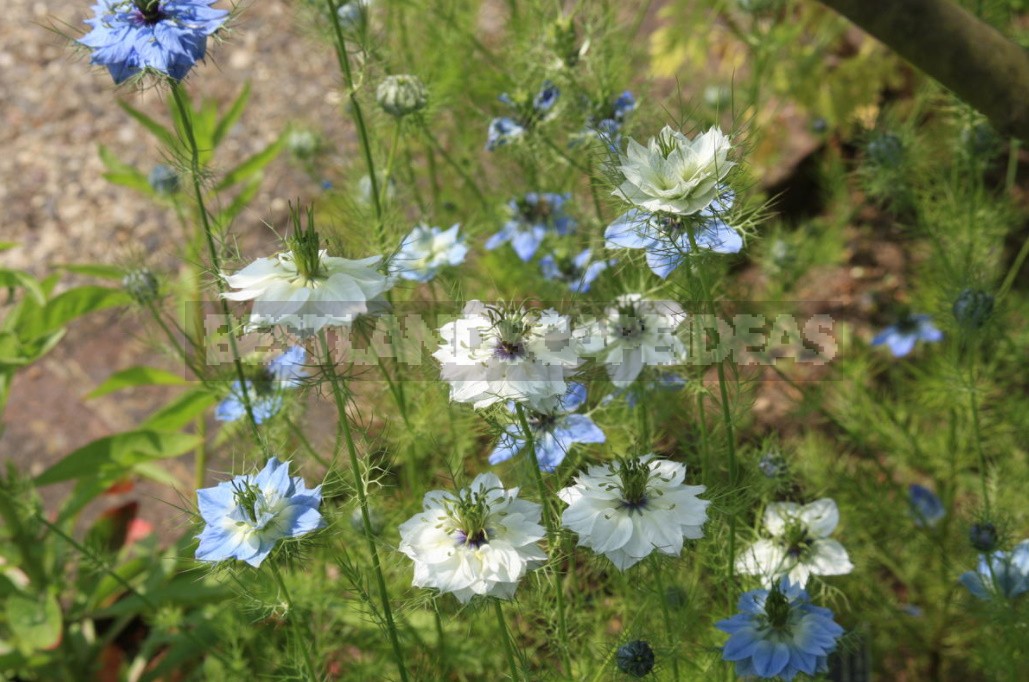
This genus contains 10 species (although according to some reference books there are about 15). These are annual plants that are quite beautiful during the flowering period. Currently, only a few species are used, growing them as ornamental annuals.
Types of Nigella
One of the most popular is Nigella damascena-a herbaceous plant with a height of 15-40 cm. Its stem is straight and glabrous, its leaves divided twice or thrice into thin segments. The upper leaves form a covering that exceeds the length of the flower and fruit. Fruit in the form of 5 leaflets, smooth, almost to the top fused, with a long nose. Seeds are black. Blooms from the beginning of summer and blooms all season. Seeds ripen with the beginning of autumn.
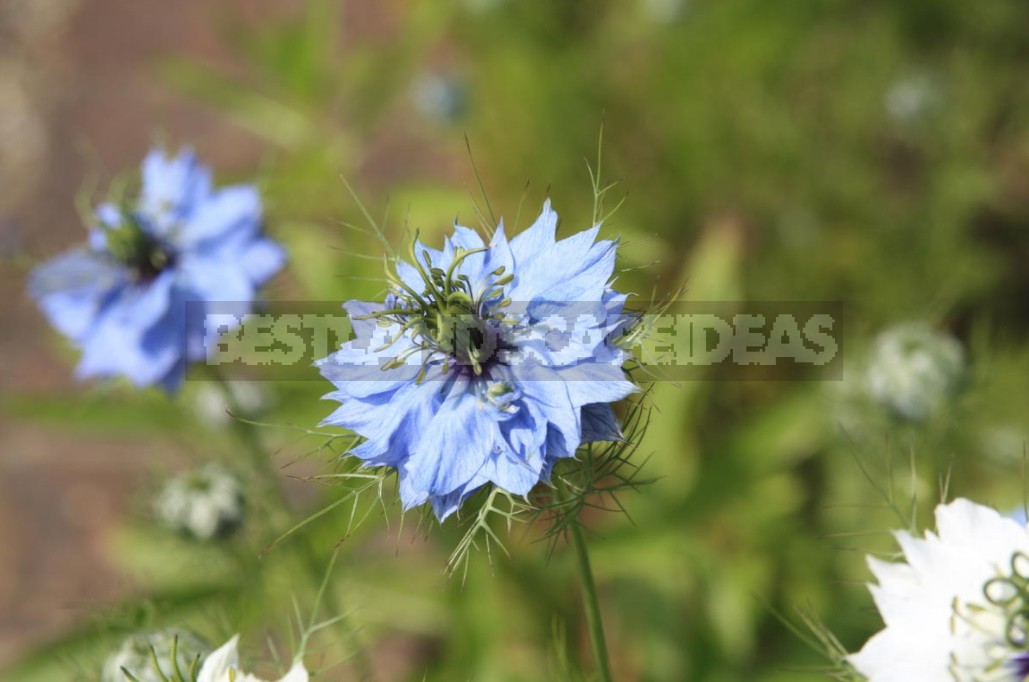
Nigella arvensis is a herbaceous plant 20-50 cm tall. Leaves twice-or thrice pinnately divided into linear lobes. Flowers are single, bluish. Calyx of 5 petal-shaped, falling off, bluish leaves. The petals are small, have a nail and a two-sided plate. The fruit is made of small-rounded leaflets, fused to the middle. Blooms in summer.
Nigella sativa is an annual herbaceous light green, slightly glaucous plant with a straight branched stem 15-30 cm tall and twice -, thrice-pinnate leaves with numerous linear segments. Flowers are large, horizontally arranged; blue sepals are oblong, blunted, narrowed at the base into a nail. Petals-nectaries shorter than sepals, upper lip of petals with long linear ends.

The fruit is a combined fused multi — leaf, swollen, grainy-warty, with a long, curled nose. Seeds are black, wedge-shaped, faceted. Blooms from late spring and all summer.
The cultivation of Nigella
Nigella is grown from seed, the best time of sowing is early spring. Sow in warmed ground, relatively rarely, to provide a large area of nutrition. Before sowing, the seeds are mixed with sand in a ratio of 1: 10 and sown in prepared ridges. Close up shallowly – from 0.5 to 1 cm (you can easily mulch crops with old manure humus or just press in the grooves after sowing).
Nigella grow well and bloom profusely on treated and rich soils, responsive to fertilizing with mineral and organic fertilizers. On hot days, they need watering.
Use in garden design, cooking and medicine
Nigella can be used in mixed crops of beautiful flowering annuals: with Centauréa cyánus, Papaver rhoeas, annual Línum. You can plant it and perennials that grow early in the spring and quickly fade or do not form spreading bushes in the summer. You can also sow Nigella where small bulbous plants bloom in early spring.
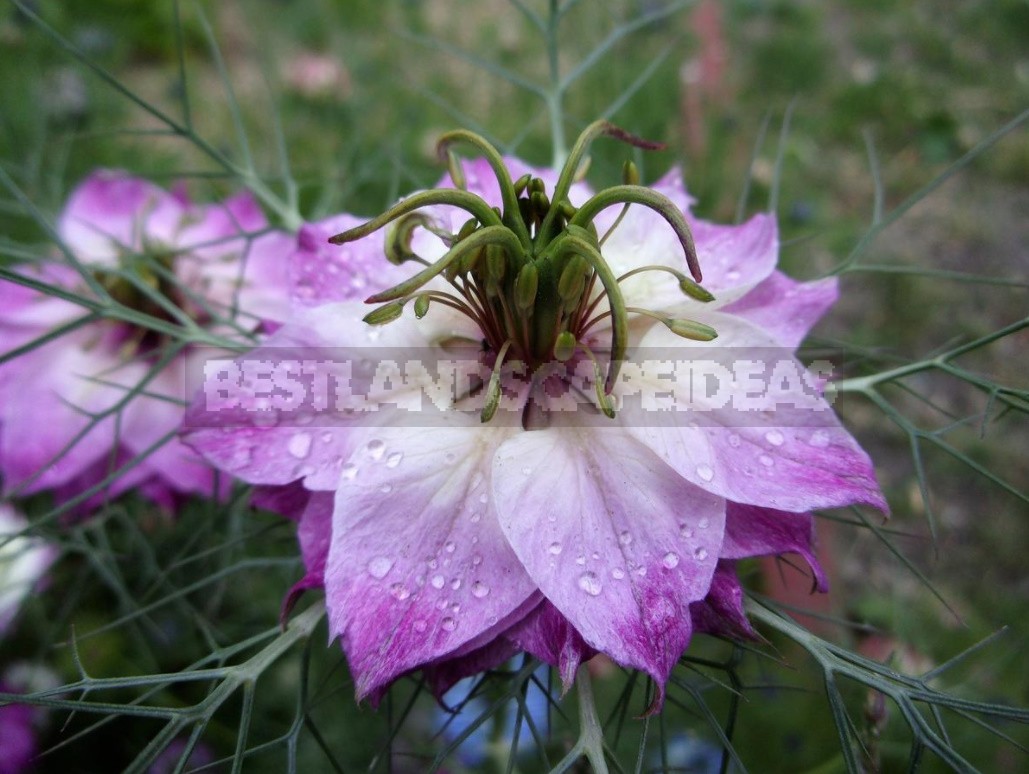
If you grow Nigella for the use of seeds in cooking or medicinal use, it is better to sow it on the beds, so that it is easier to collect boxes of seeds in the fall. They are slightly dried (until the leaflets are fully opened) and the seeds are shaken out. Sometimes immediately after collection, plants pulled out by the roots are tied in “bunches” and hung with their roots up over the spread paper (or film). As they dry and open the leaflets, the seeds will fall out. It will only be necessary to shake the dry plants slightly and sift the seeds. It is better to store them either in paper bags or in banks. Seeds retain germination from 3 to 5 years.
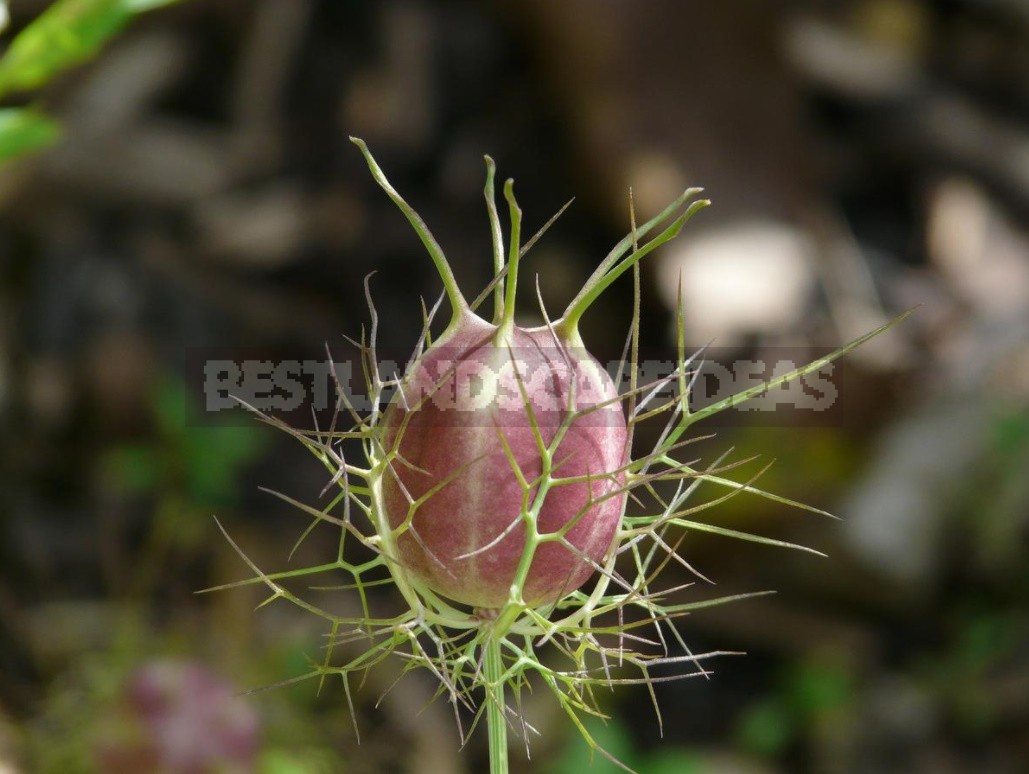
In cooking, the seeds of Nigella are used whole or ground into a powder. They have a special smell, similar to the mixed smell of cumin, oregano and marjoram, and a light peppery taste. You can sprinkle these seeds on baking, add them whole and ground in vegetable salads, season them with poultry dishes (chicken).
Some species were previously popular as medicinal plants and are still used in folk medicine. With the therapeutic aim of all these species use the seeds. Water infusion of them is used as a diuretic; for various female diseases (menstrual disorders), menopause; for bronchial asthma; to increase the secretion of milk; as a choleretic, anthelmintic and gentle laxative-reduces flatulence. Folk medicine also recommends the use of Nigella seeds for tumors and certain skin diseases.
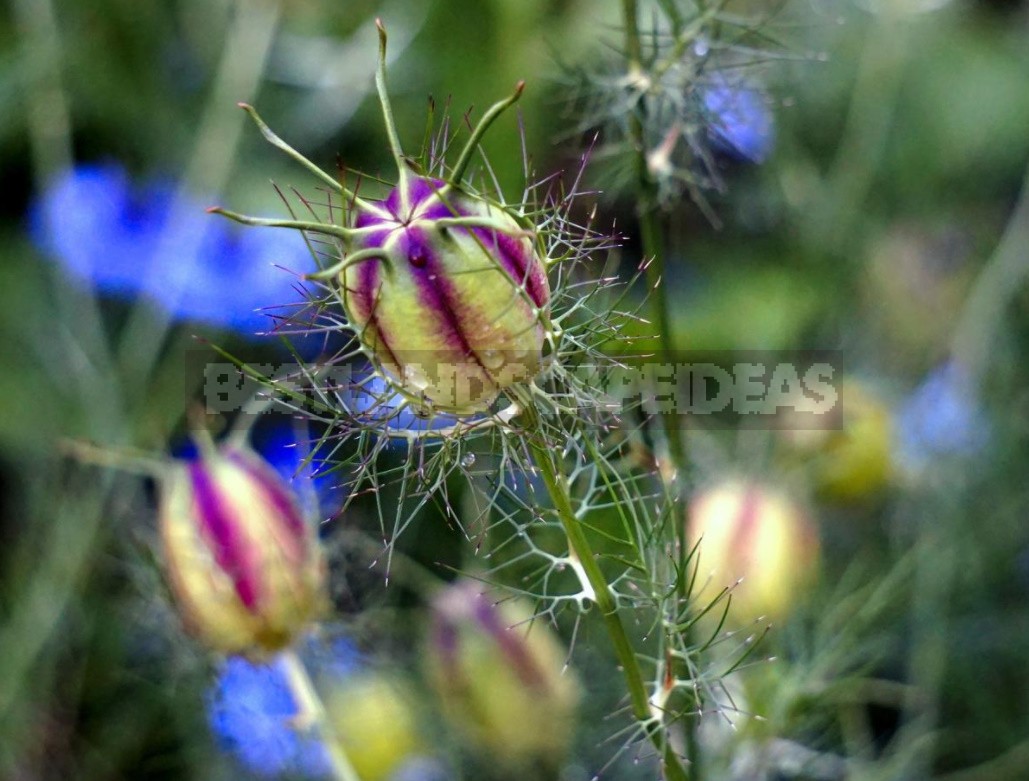
Assign a dose of 0.5-1.0 g of seeds per day for making tea. When skin rashes to enhance the effect, it is recommended to make external washings simultaneously with the internal reception of the decoction.
